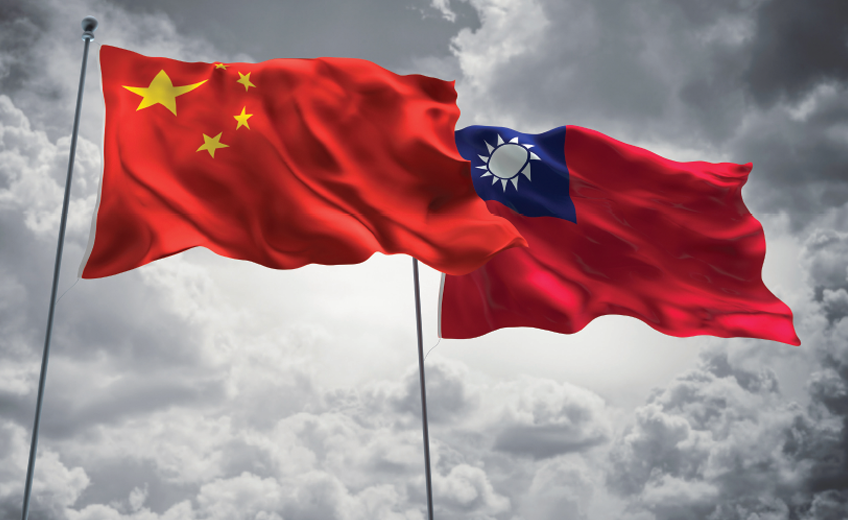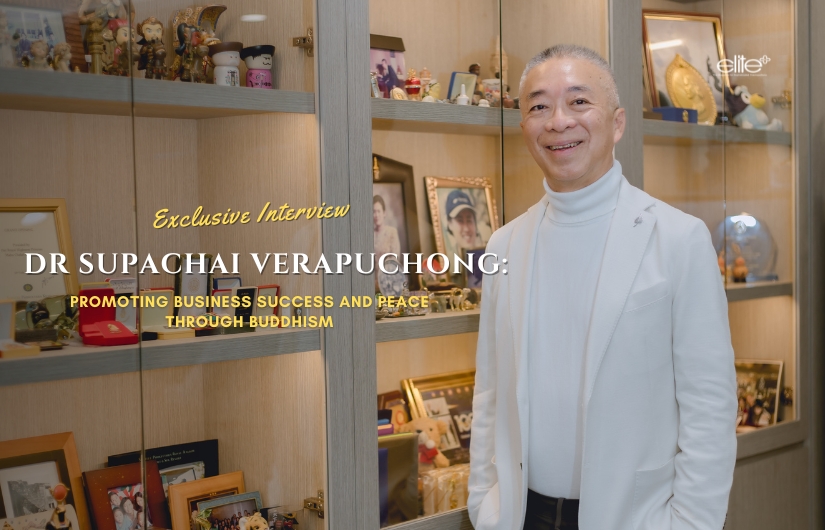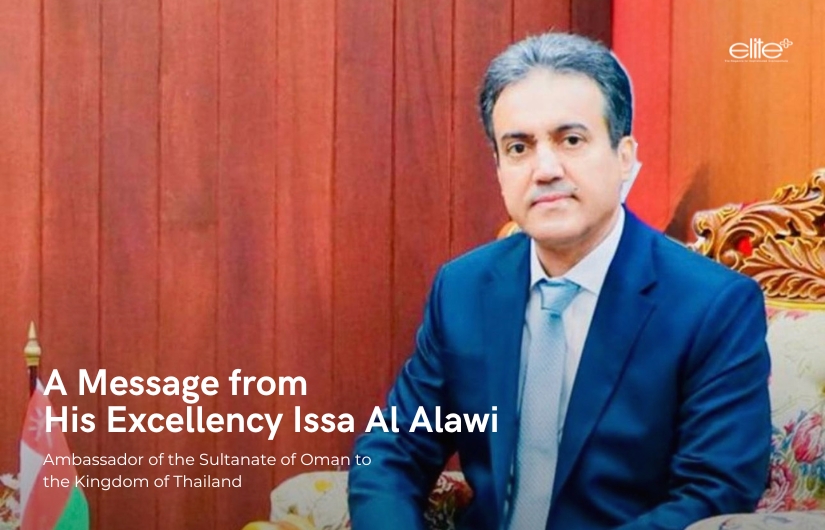As I left the Taipei 228 Memorial Museum, an attendant asked what I thought of “our nationalism”. In most places this would be an innocuous question; in Taiwan it is always politically loaded. The museum addresses a local 1947 “incident” against Kuomintang (KMT) rule, as Taiwan following Japan’s withdrawal in 1945 was administered predominantly by mainlanders unversed in local language or culture. Government reprisals to the uprising culminated in a period of “white terror”, involving thousands of extrajudicial killings followed by 38 years of martial law.
Exhibits at the museum use careful language to avoid calling the 228 Incident a revolt for independence, emphasizing it as one for human rights, but the island has an uneasy relationship with the mainland, with the KMT government that took refuge there when it lost to the communists in 1949, and with its Japanese colonial legacy.
Assumptions had long been that unification with China was only a matter of time, but seeing the curtailing of Hong Kong’s civil liberties, and as Taiwan has strengthened its own feelings of separate historical, cultural and political identity, most citizens want a two-China solution, elevating Taiwan to de jure rather than de facto statehood.
A phone call between President Tsai Ing-wen of Taiwan and President-elect Donald Trump on December 5 caused much fuss in diplomatic circles. Trump went on the defensive, saying there was nothing wrong with accepting a phone call from “the president of Taiwan”, but even using such language is sensitive.
In January, Japan renamed its diplomatic mission in Taipei from the Interchange Association, Japan, to the Japan-Taiwan Exchange Association, causing an outcry from Beijing. While it seems a minor name change, any development that increases recognition of Taiwan as a political entity is a source of consternation for the mainland.
As relations between the People’s Republic of China (PRC) and Southeast Asia grow warmer, Taiwan is making its own overtures to ASEAN, already its second-biggest trading partner. As Taipei seeks greater ties across the Asia-Pacific to bolster a sluggish economy, Thailand and ASEAN can find new trade opportunities with Taiwan’s 23 million affluent consumers.
- The West’s one-China policy
US president Eisenhower signed the US-Taiwan Mutual Defence Treaty in 1954, protecting Taiwan against mainland incursions. Mao Zedong had frequently stated his intentions of taking the island by force, and such pacts effectively prolonged Taiwan’s existence at a volatile time.
President Nixon then took a strategic risk in visiting China in 1972. The PRC had been aiding people’s insurgencies in Korea, Vietnam and elsewhere in Asia, Africa and Latin America, and Nixon hoped normalizing relations would create stability in the Asia-Pacific and open a huge market to US commercial interests.
Nixon and his national security adviser, Henry Kissinger, ordered US forces out of Taiwan, leading to the 1972 Shanghai Communique, in which Beijing stated its one-China “principle” that the island is part of the PRC and would eventually be reunified, by force if necessary. The US replied with a one-China “policy”, accepting a future merger between Taiwan and China if it was accomplished relatively peacefully.
In 1979, President Carter ended relations with Taiwan. Much of the West and the world did the same. Today China and Taiwan maintain bilateral ties with a mutually exclusive set of countries, each of which recognizes one of their governments. Only the likes of Swaziland and the Dominican Republic recognize Taiwan.
In later years, Nixon wondered if Taiwan’s democratic progress had made it incompatible with China, though Kissinger continued to accept Beijing’s version of the one-China principle, open to China’s use of force against the rebellious province. After the recent Tsai-Trump phone call, however, Kissinger seemed more equanimous than many analysts, saying Trump was “asking unfamiliar questions” and presenting “an extraordinary opportunity”.
Strategic ambiguity by the West has allowed Taiwan to prosper while also allowing diplomatic relations and commercial opportunities in an emerging China. With the new administration in the US, and a more militaristic China, the mood has ostensibly shifted.
While it appears the president-elect was unprepared for the fallout from his phone call with President Tsai, Trump had already surrounded himself with advisers who support closer ties with Taiwan. Peter Navarro and John Bolton had both called for a re-evaluation of the Taiwan situation, the latter even suggesting “escalation” with China.
President Trump may tread more carefully now that he is in office. A repeat phone call with “the President of Taiwan” would cause a bigger reaction from Beijing, perhaps a recall of ambassadors or sanctions against US business interests, to emphasize why US administrations since Nixon have stuck to a one-China policy. It is a risk that has long been unappealing to the West.
“The West is not going to end its one-China policy,” Chris Taylor, an author and China expert told us. “Practically speaking, and that’s what the few smart people in Trump’s transition team have said, is you might see a move to dual recognition – at least promoting US representation in Taiwan to a more formal diplomatic status.”

- Tsai’s tightrope
Tsai is trying to reposition Taiwan’s international role while careful not to cross Beijing’s “red lines” regarding nationalist sentiment. She has honoured commitments made by her pro-China KMT predecessor, Ma Ying-jeou, while refusing to accept the “1992 consensus”. This refers to a meeting between the PRC and Taiwan in ’92 that Beijing considers a mutual understanding of the existence of one China and eventual reunification. The term did not appear until 2000, however, and Tsai’s Democratic Progressive Party (DPP) claims there is no such consensus. While the PRC and KMT may seek sovereignty over an undivided China, the DPP position is that there are two separate countries. The PRC position is that any group in Taiwan with which it has formal talks must recognize the 1992 consensus.
Beijing suspended communications after Tsai’s repudiation of the 1992 consensus, but empowered the DPP at a time of surging civic nationalism. Through its nationalistic rhetoric, Beijing has left itself unable to shift policies to better reflect the island’s “Taiwanization”.
Tsai has not publicly spoken of independence, which could lead to trade or military conflict. Forty per cent of Taiwan’s exports go to China. Taiwan’s economic growth is stagnant and any embargo would hit its insular economy hard. A more viable approach may be to quietly seek greater economic ties with the broader region, especially ASEAN.
- Taiwan, China and Southeast Asia
ASEAN is Taiwan’s second largest trading partner after China, and any push for greater economic independence could begin with the region. Southeast Asian countries can benefit from improving relations with both Taiwan and the PRC at a time when US engagement is uncertain.
Under Obama, the US pledged $425 million under its Southeast Asia Maritime Security Assistance Initiative, while increasing involvement in the East Asia Summit, the Asia-Pacifi c Economic Cooperation forum and ASEAN Regional Forum. The Trans-Pacifi c Partnership (TPP) would have involved 12 countries and 40 per cent of world GDP, but Trump has made clear his plans to abandon it. Future US involvement in pacts and summits in the region is up in the air, and Obama’s efforts to consolidate a US pivot to Asia may have been in vain.
As TPP viability fades, China is pushing an alternative, the Regional Comprehensive Economic Partnership, while also going ahead with its One Belt, One Road and Greater Mekong Sub-region initiatives to develop logistical infrastructure in Central and Southeast Asia.
Recent shifts in Southeast Asia have been noticeably pro-Beijing. In Thailand, the military government has fostered stronger trade and military ties with China, and China has consolidated its position as Thailand’s largest trade partner.
In the Philippines, President Rodrigo Duterte declared his intention to strengthen ties with China, which had helped fund his political campaign and is more accommodating of his hard-line style on human rights. Malaysia’s Prime Minister Najib Razak also affirmed closer security ties with China, buying four Chinese naval vessels.
In Myanmar, Aung San Suu Kyi has worked to undo some of the previous military government’s reliance on China but still maintains close ties, as do Laos and Cambodia.
Vietnam opposes China’s growing infl uence in the region, especially its overlapping claims in the South China Sea. Indonesia, despite its own territorial concerns, has increasingly engaged with China on economic issues. Singapore has long emulated aspects of China’s politics.
Despite more of the region falling into Beijing’s orbit, a US vacuum could push Taiwan to engage its own interests. Tsai told the Taipei Times in November that Taiwan would work to strengthen trade ties with Asia, especially ASEAN, as part of a “New Southbound Policy”.
- The future of Taiwan
Wu’er Kaixi, a political activist, campaigner for parliament in Taiwan and exile from China due to his involvement in the Tiananmen uprising, sees Taiwan’s success as a counterargument to many of Beijing’s policy justifi cations.
“In response to human rights concerns or pressures to democratize,” he said over drinks, “you often hear about the need for stability and strong leadership for China to develop and modernize. Taiwan is the clear rebuttal to all that. It’s free, it’s democratic and it’s thriving.”
In the greater geopolitical game, the wishes of Taiwan’s 23 million people have often been overlooked. Support for unifi cation has been gradually dropping for 20 years; an October poll by the Taiwan Brain Trust showed 80% of citizens believe Taiwan to be a separate country.
For those in Taiwan I spoke to, from students to KMT-supporting night market vendors, the response to Tsai’s phone call to Trump and to the island pushing the limits of Beijing’s “red lines” has been supportive.
To the museum attendant who asked about Taiwan’s nationalism, I muttered something about shedding the yoke of one oppressor (Japan) for another (the KMT), but it didn’t seem to be the response she wanted. For her and for the students in the adjacent Peace Memorial Park, who spoke about “China” and “Taiwan” as naturally separate entities, with distinct histories, cultures and political identities, it was a question hinting at official statehood, one that has only an affirmative answer. For Beijing the answer is entirely different, and independence remains a distant prospect.
The West has long sided with the PRC on cross-strait issues, but any shift in US policy could see some consolidation of Taiwan’s hopes for recognition. Much depends on the political evolution of the mainland in the coming years, and the vagaries of Trump’s political whims. But East Asia’s most vibrant democracy feels it is here to stay.





















































































































































































































































































































































































































































































































































































































































































































































































































































































































